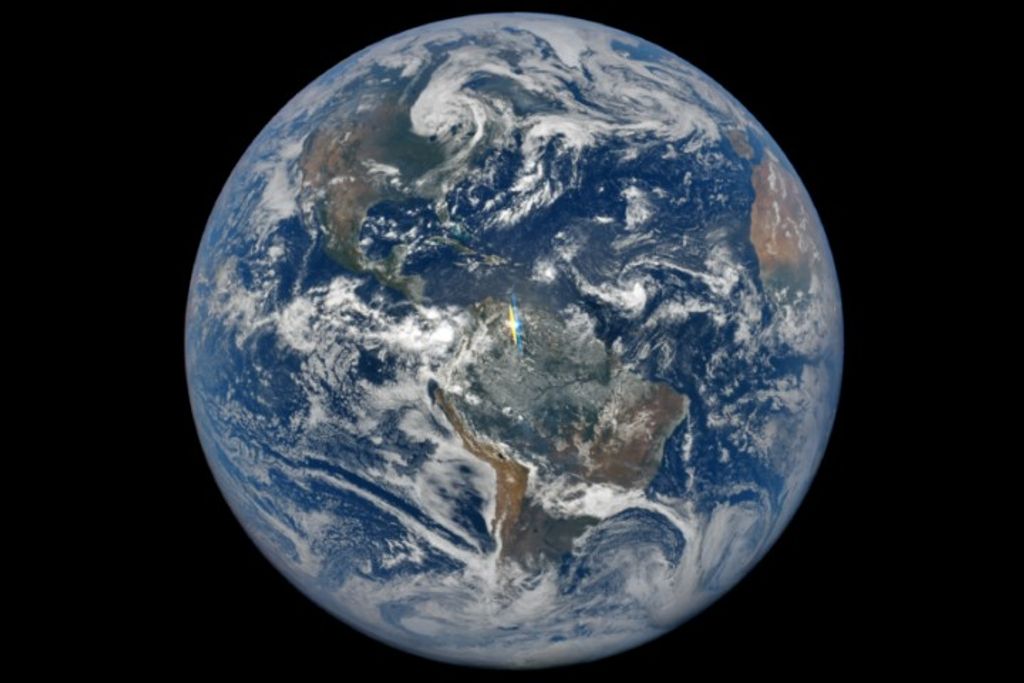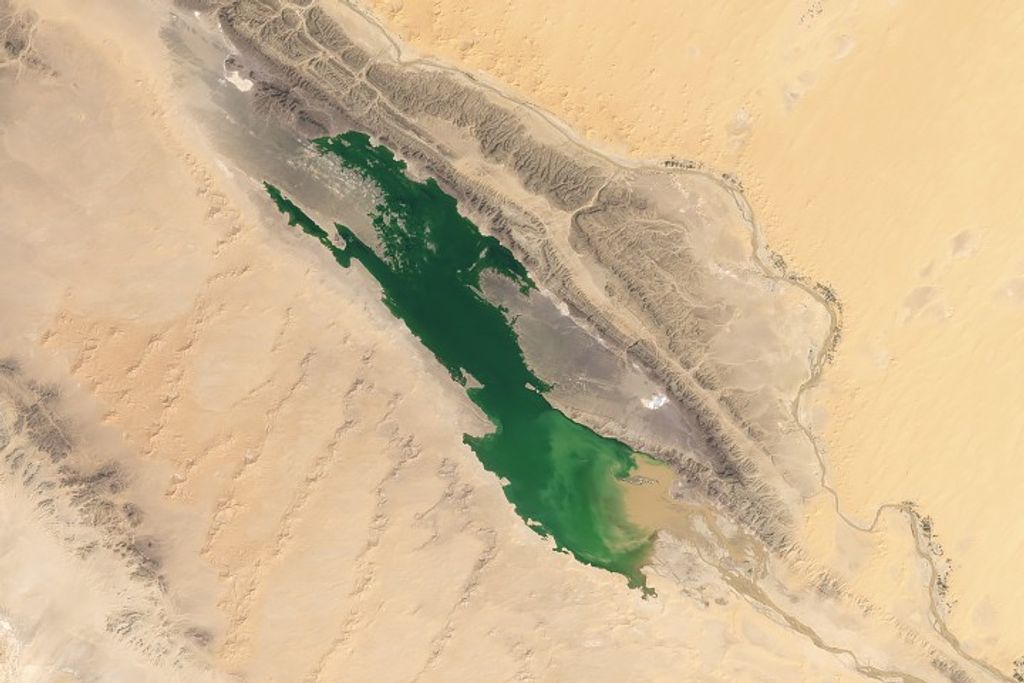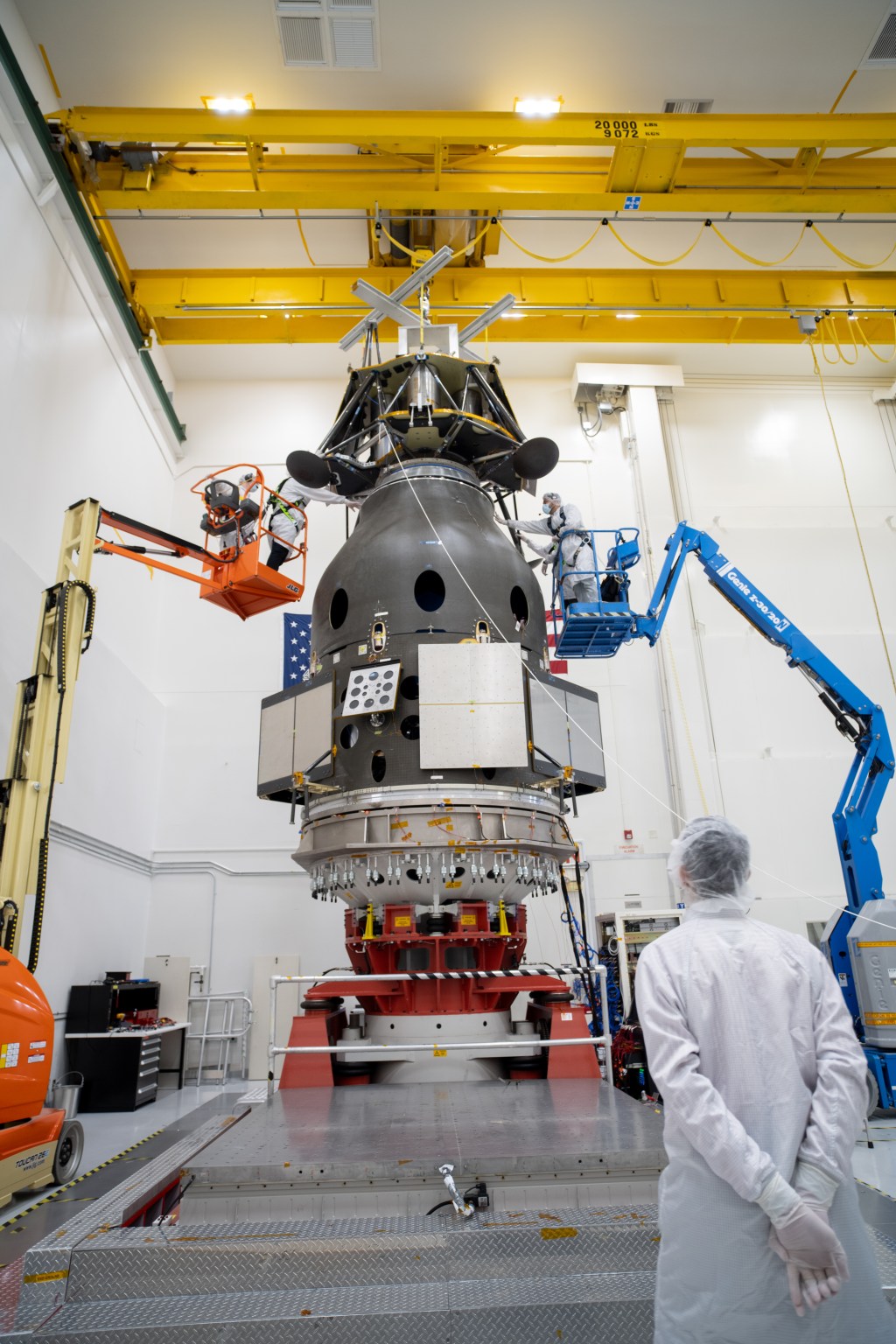1 min read
The Orion Nebula: Infrared and Visible Views
This sequence uses infrared (Spitzer) and visible (Hubble) images to reveal the formation of stars within a large cloud of hydrogen gas and dust. The warm gas lights up in the infrared view as red, and the hydrocarbon dust appears in green. The starlight from young stars appears in blue. The flood of starlight provides extra illumination throughout the dusty environment and in front of the cloud. The threads of gas, reminiscent of clouds on Earth, are compressed and pushed into knots by the winds from forming stars throughout the region. The clouds appear as shadows in this visible-light view. However, in areas where the gas has mostly been cleared or thinned, glowing cavities can be seen inside these cocoons. The combined view hints at the nebula’s complex three-dimensional structure.
Downloads
Share
Details
Last Updated
Aug 17, 2025
Contact
Media
Claire Andreoli
NASA’s Goddard Space Flight Center
Greenbelt, Maryland
claire.andreoli@nasa.gov




























